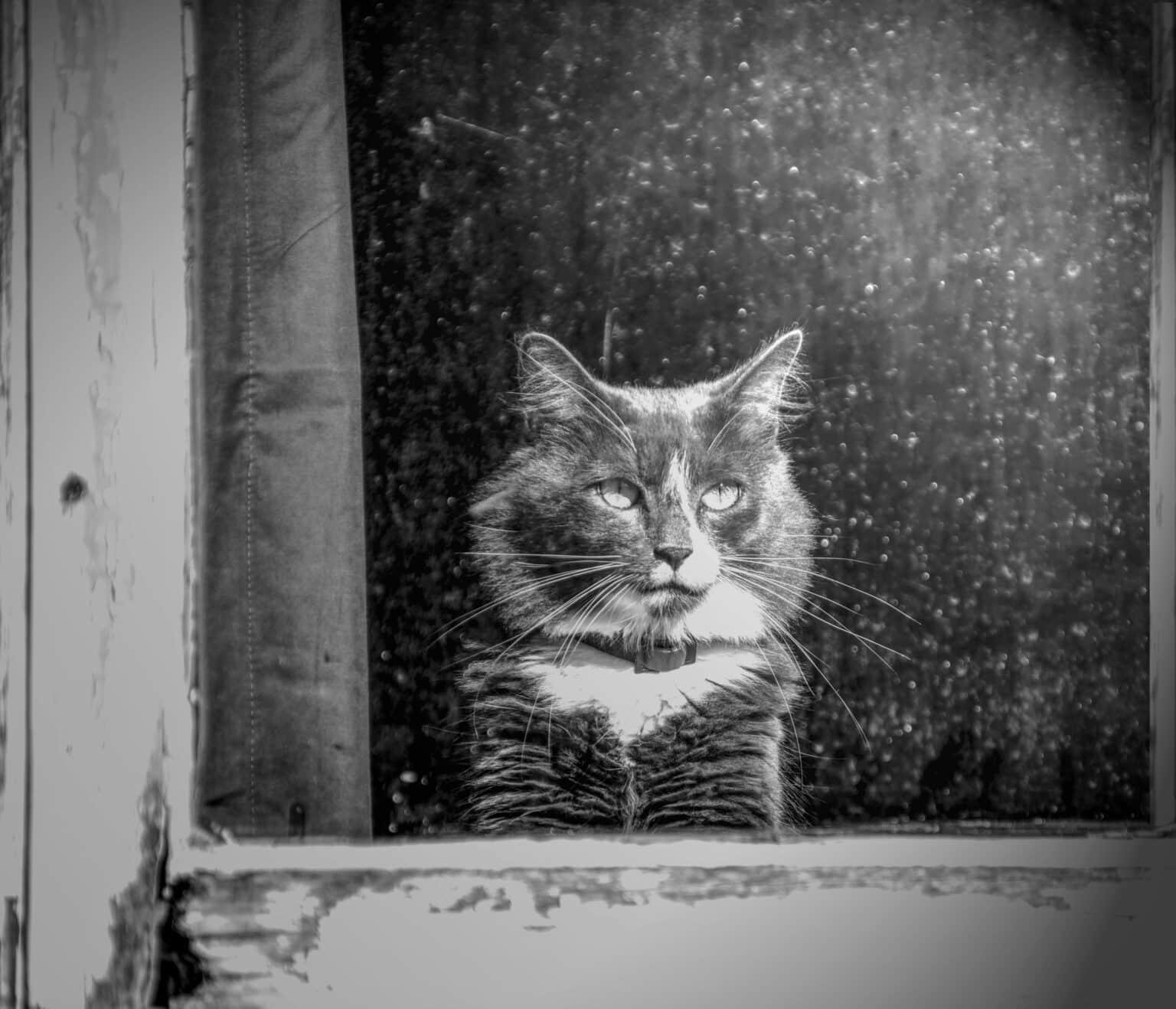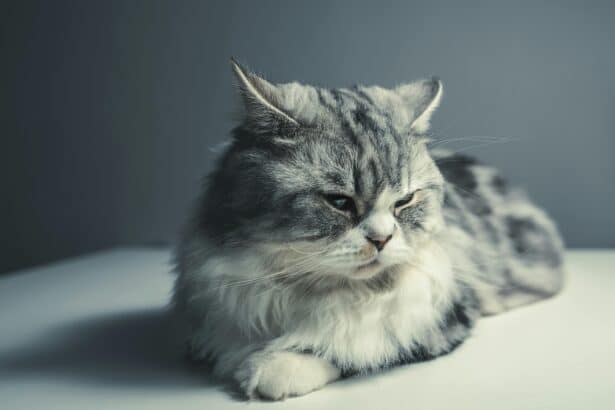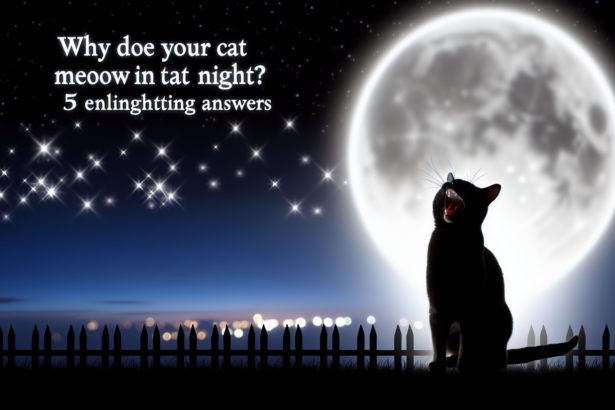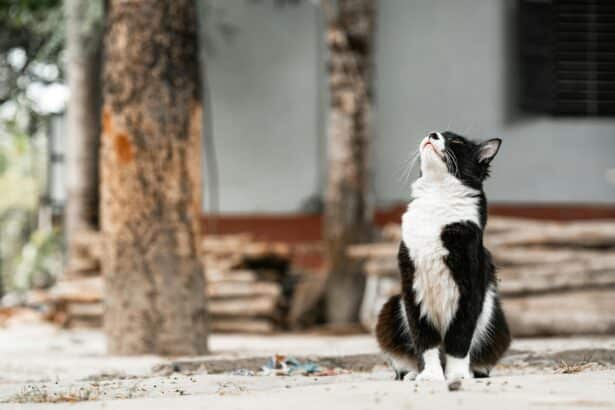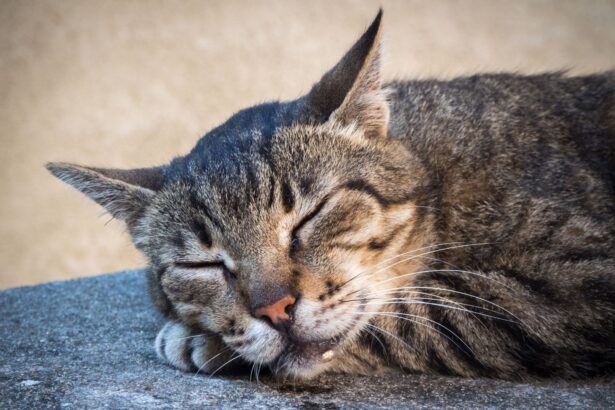You’ve probably heard that to find out your cat’s true age in human years, simply take its age in cat years and multiply by seven. How many of us have actually done this in an attempt to understand the world of our feline companion? The truth is that this method, although the most commonly used, has shown its limits, especially for our older four-legged friends or kittens. So, what’s the best way to determine our cats’ age in human years? To answer this question, we’ll first explore the importance of knowing your cat’s age in human years, and then present a new, more accurate method of calculating conversion.
Why convert cats’ ages into human years?
Before going into the details of calculations and conversions, it’s important to understand why it’s necessary to evaluate the age of our pet cats in human years. Cats and humans do not have the same rhythm of life. Development, growth, maturity and old age do not occur at the same time or at the same speed for these two species. Converting a cat’s age into human years gives us valuable insights into the general health of our pets, their appropriate nutritional requirements, and helps us anticipate behavioral changes that may occur with age.
This is especially true for stressed cats. Like humans, cats can experience stress for a variety of reasons, and it’s vital to know how to help them manage these feelings. Dealing with stress in a kitten will be very different from that of a senior cat, and converting their age into human years can help us better understand and adapt our actions.
The classic cat age conversion method
The traditional method of converting a cat’s age into human years is to multiply it by seven. This may sound simple, but it’s a process that doesn’t exactly reflect a cat’s life expectancy or development. In fact, simply multiplying a cat’s age by 7 is a generalization that fails to take into account the nuances of a cat’s development. For example, a cat will reach sexual maturity at around 1 year of age, which is equivalent to around 15 years for a human, not 7.
A more accurate approach to estimating your cat’s age in human years
The search for more precise methods of converting cat age into human years led to an approach based on logarithms. This method takes into account the rapid growth rate of young cats, and the slower rate of growth once they’re adults. According to this method, a one-year-old cat is equivalent to a 15-year-old human, and a two-year-old cat to a 24-year-old human. Then, each additional year of the cat would be like four years for the human.
This method does present some difficulties in terms of calculation if you’re not comfortable with logarithms, but it offers a much more accurate approximation of your cat’s age in human years.
Understanding your cat’s development and life stages according to age
Veterinarians and animal behavior professionals frequently use the conversion of cat age into human years to understand the different developmental stages of these small mammals. It’s very important that cat owners understand this too, so that they can adapt their care and environment to suit them. The phases of a cat’s life are generally broken down into several categories: kitten (birth to 6 months), young (6 months to 2 years), adult (2 to 6 years), mature (7 to 10 years), senior (11 to 14 years) and geriatric (15 years and over).
For example, a cute kitten will be in a rapid growth phase, which means he’ll need plenty of energy and a nutrient-rich diet to develop a strong skeleton and adequate musculature. On the contrary, a geriatric cat will have a slower metabolic system and reduced caloric needs, to avoid overweight problems. In addition, these older cats may require nutritional supplements to support bone and joint health.
How can your cat’s age influence the care it needs?
Your cat’s age has a direct influence on its diet, exercise requirements and veterinary care. That’s why it’s important to know your cat’s age in human years. By knowing your cat’s true age, you’ll be able to provide an adequate diet, establish an appropriate exercise routine and plan veterinary visits accordingly.
For example, kittens need protein, fat, calcium and phosphorus in large quantities for their growth. Older cats, on the other hand, will need a diet lower in calories but rich in fiber, omega-3s and vitamins to support their immune and digestive systems. Knowing this, you can adapt their diet accordingly.
In the same way, you can adapt physical activity programs and veterinary visits. A kitten will need much more exercise and play to expend its energy and develop its sociability. For older cats, the emphasis is on preventing obesity and maintaining joint mobility. Visits to the vet will also be adapted: vaccination and sterilization for kittens, regular check-ups and analyses to monitor the health of senior cats.
In short, understanding cat years in terms of human years can greatly improve your cat’s quality of life and strengthen your bond with him. By being informed and proactive, you can tailor your care to meet your cat’s unique needs at every stage of its life.
| Age of the Cat | Human age |
| 1 month | 6 months |
| between 2 and 3 months | between 2 and 5 years |
| 4 months | between 6 and 8 years |
| 6 months | 10 years |
| 7 months | 12 years old |
| 12 months | between 15 and 16 years |
| 18 months | between 20 and 21 years of age |
| 2 years | 24 years old |
| 3 years | 28 years old |
| 4 years | 32 years old |
| 5 years | 36 years old |
| 6 years | 40 years old |
| 7 years | 44 years old |
| 8 years old | 48 years old |
| 9 years old | 52 years old |
| 10 years | 56 years old |
| 11 years old | 61 years old |
| 12 years old | 64 years old |
| 13 years old | 68 years old |
| 14 years old | 72 years old |
| 15 years | 76 years old |
| 16 years old | 80 years old |
| 17 years old | 84 years old |
| 18 years old | 88 years old |
| 19 years old | 92 years old |
| 20 years | 96 years old |


